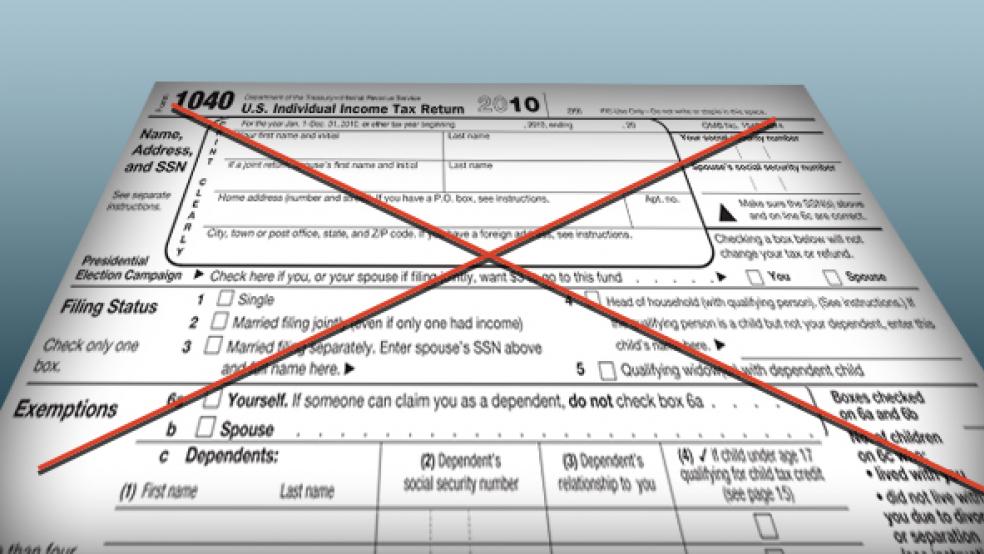The number of American households that paid no federal income tax spiked dramatically last year, both as a result of job and wage losses driven by the Covid-19 pandemic and the government's response to the crisis, which provided thousands of dollars in tax credits to millions of families.
Nearly 107 million households — or some 61% — owed no federal individual income tax in 2020, according to an analysis by the Urban-Brookings Tax Policy Center. That’s an increase of more than 40% over 2019, when about 76 million households had zero or negative federal income tax bills.
“Effectively no households making less than about $28,000 will pay federal income tax this year, nor will three-quarters of those making between $28,000 and $55,000,” the Tax Policy Center’s Howard Gleckman writes in a blog post. “Among middle-income households, about 43 percent will pay no federal income tax.”
Still paying other taxes: It’s worth emphasizing, though, that these number reflect only federal income taxes, not payroll or other taxes. The Tax Policy Center estimates that only about one in five households paid neither federal income nor payroll taxes last year (up from about 17% in 2019) — meaning that roughly 80% of households paid at least one of the two. “And nearly everyone paid some other taxes, including state and local sales taxes, excise taxes, property taxes, or state income taxes,” Gleckman notes.
He adds that many Americans who paid no federal income tax last year may have seen only a small decrease in their tax bill, with someone owing, say $1,500 seeing their tab entirely offset by Economic Impact Payments larger than that.
A return to normal as economy rebounds: The spike in households with no federal income tax liability is likely to be short-lived. The Tax Policy Center projects that the number will dip to about 102 million, or 57%, this year and then fall below pre-pandemic levels in 2022 and beyond, dropping below 40% by the second half of the decade. “Middle-income households will be far more likely to pay again: Only about 21 percent will be non-payers next year, falling to about 18 percent in 2026,” Gleckman says.
Those projections assume that the economy will continue to recover and a number of tax breaks expire as scheduled. Those assumptions may not be borne out. Democrats are pushing to extend or make permanent an expansion of the Child Tax Credit currently set to expire at the end of the year, and Congress may still renew some of the individual income tax cuts enacted in law.
The bottom line: While the proportion of households paying no federal income tax has been a political flashpoint in the past — remember Mitt Romney’s 47% — this extraordinary surge is all about the pandemic. “The number of households who paid no income tax last year truly was eye-popping,” Gleckman writes. “But keep in mind: It was only temporary.”
Taxes
A Huge Spike in US Households Paying No Income Tax

The Fiscal Times/iStockphoto




